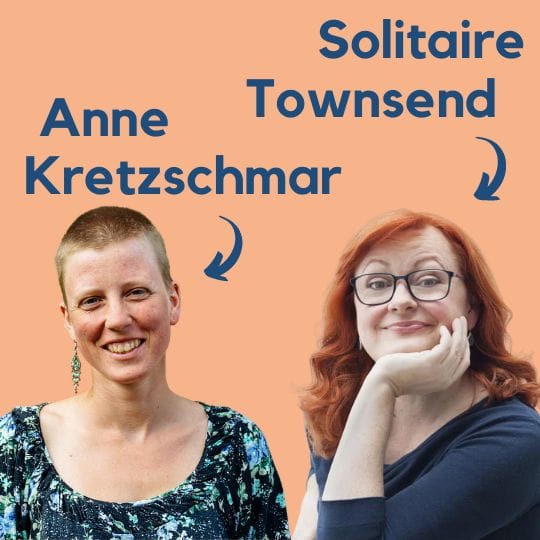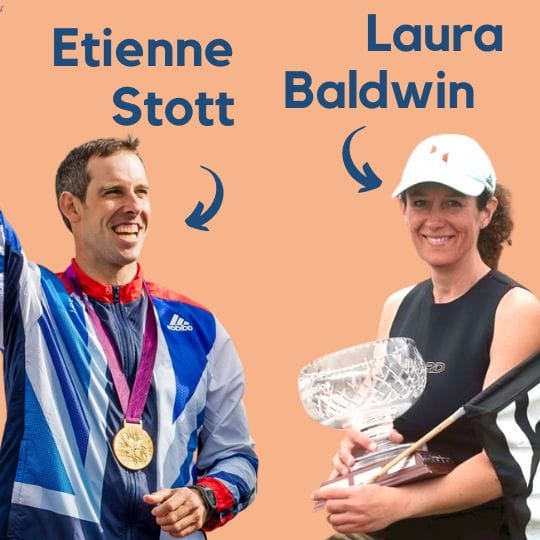This is episode 5 of our 2022 podcast series. Listen to the episode here and find other episodes and previous series here.
This month we are discussing the impacts of aviation on wildlife.
These include bird strikes, airport run off, noise/light pollution, and airport expansion encroaching on green spaces.
Our guest is Dr Jennifer Jones, a writer, a children’s author, and a scientist, specialising in soil science. Jennifer is a member of the ‘Save Oglet Shore’ group, campaigning to stop the expansion of Liverpool airport. You can sign the petition here.
Flight Free Fact
According to the Aviation Environment Federation (AEF) there are over 2000 bird strikes recorded annually in the UK alone.
From the AEF:
“Bird populations are treated as hazards around airports and are controlled accordingly. However, caution about bird populations extends well beyond the immediate vicinity of an airport – the Civil Aviation Authority advises that steps should be considered to minimise bird populations as far as ten miles away.”
This is a clear example of prioritising human life over the natural world. The language is so cold: “reducing hazards”. Should we really see birds as ‘hazards’? What about the hazards of flying? Reducing bird numbers just so we can fly around seems unfair…perhaps we ought to leave the flying to the birds!
Flight Free UK
Jen, could you tell us more about the campaign to stop Liverpool airport expansion and ‘Save Oglet Shore’ ?
Jen
The Oglet area that we are campaigning for is often described as the last bit of countryside in Liverpool. It’s adjacent to the Mersey estuary which is famous for its wading birds. The areas alongside it are woodland, scrubland and grassland and therefore are very important for organisms, as well as being important for people to get out and enjoy their area of the countryside.
The area is a RAMSAR site with SSI status as well as being given a ‘Special Protected Area’ status. These statuses give protection to the area and are meant to impose conditions on anything that could impede on those populations of birds.
Flight Free UK
How is the campaign going?
Jen
It’s going well. They’ve proposed a plan to extend the runway, and build infrastructure alongside the runway, so it’s a big project if it were to go through. We have to think about the potential impact on wildlife and air quality because the air quality in Speke is already poor. When we engage with people they don’t know about the proposals and have no idea that they may lose access to the land.
I don’t understand how the expansion can go ahead. There is incontrovertible evidence that we have a biodiversity crisis and we have a climate change crisis and yet somehow it seems easy to ignore it and continue with plans that will worsen the effects.
"We have a biodiversity crisis and we have a climate change crisis and yet somehow it seems easy to ignore it."
Flight Free UK
Do you know what specific effects the airport expansion would have on the wildlife at Oglet Shore?
Jen
There’s concern about whether the expansion will have an impact on the area adjacent to the river Mersey. We know that at high tide, birds that are red listed such as curlew, lapwing, and grey partridge use those fields for feeding and roosting. Our worry is that the birds could lose their habitat.
"Birds that are red listed such as curlew, lapwing, and grey partridge use those fields for feeding and roosting. The birds could lose their habitat."
There are additional plans to build warehousing alongside the runway which is grade 1 and grade 2 agricultural land. So we’re not just losing the green belt but we are losing agricultural land which becomes even more critical as we know that the sustainability of our ability to feed ourselves is going to be compromised in the future.
Flight Free UK
Often with airport expansions there are promises to replace what’s been lost by providing new areas of green space and relocating the habitats. However you can’t replicate these spaces that have been cultivated for years.
Jen
Absolutely. I know that for the proposed solar farm area, they’ve promised to put up bat boxes and produce a grassland area that will ‘increase the biodiversity’. But we don’t have confidence in that. We believe that the natural world cannot be replaced. You can’t just translocate it and say that it will be the same.
"We believe that the natural world cannot be replaced. You can’t just translocate it and say that it will be the same."
Lord Deben, the chair of the Climate Change Committee, said twice last year that we can no longer have airport expansion if we are going to mitigate climate change. Yet governments and authorities don’t seem to be taking that on board. In 2019, Liverpool city council declared a climate emergency and agreed to make Liverpool a Net Zero Carbon city by 2030 and yet the airport is planning to expand.
But more positively, I'm starting to hear more people saying that they will reduce their flying. I know that time and money is an issue but people are still willing to do it. It isn’t an easy task for everyone. Chris Packham, the wildlife presenter, is now cutting right back on the flights he does which is a challenge when you are so in demand.
People will have to make sacrifices, but if they understand what the implications will be, and if they care about their children and their grandchildren's futures, maybe they will take the step.
Flight Free UK
Let’s talk about bird strikes. In 2017 there were 3042 bird strikes involving UK aircrafts. Recently there was a bird strike in Liverpool with a flight going to Rome.
Jen
I’ve been observing the birds around the airport area and I’ve noticed that when the large jets take off, the larger birds seem to fly up. The smaller ones don’t seem to be affected and I wonder if that’s because they have hedges around the area buffering the sound.
Conversely, when smaller planes take off, the smaller birds fly up. I don’t know about sonics or acoustics so I don’t know if it’s the sound levels that do it, but if it’s the larger birds that fly up when the larger planes are taking off is that going to make them more prone to bird strikes?
Flight Free UK
It affects their breeding as well. How can the animals compete with the noise of the engine? How will they hear the mating calls?
Jen
About 5 or 6 of the wader species are red listed and at risk. The reason that they are red listed is because their breeding potential has declined and that breeding potential is mainly lost due to habitat loss. If that breeding potential is lost then numbers will decline.
Flight Free UK
What about the effects of airport light pollution on wildlife? Artificial light increases the time of the daytime hunters so that leads to excessive predation of the nocturnal animals. It’s confusing all the animals' natural rhythms. Is it not their space as much as it is ours?
Jen
At the airport there is a large amount of light and it certainly can impact bat species, bird species and insects. Birds have quite thin skulls and they have a gland in their skull that responds to light. As we start to move into spring we hear the lovely dawn chorus increasing and what triggers that chorus is light and temperature, but the bird doesn’t know if that light is from artificial lighting or natural lighting.
"The bird doesn’t know if the light is from artificial lighting or natural lighting."
Flight Free UK
Thanks for your insights Jen. There is a lot of talk about the carbon impact of flights, but even if we could fly carbon neutral, there would still be these impacts on wildlife.
Destination of the Month
This month we have chosen the River Mersey, coincidentally a place that our guest Jen is very familiar with. Here’s what she had to say:
Jen
The river Mersey is wonderful but I am a little bit biased. There’s lots to explore. It can be as simple as visiting the pier head of Liverpool (easily accessed by train and bus routes), where you can get the ferry across the Mersey and hear Jerry Marsden's tones echoing across the river!
Further up the coast we’ve got Crosby’s ‘Another Place’ with the famous Iron men sculptures by Anthony Gormley which is great artistically. There’s a lovely path, great for wheelchair users, and a cycle path. Even further up the coast we have the seaside town of Southport with excellent sand dunes containing the sand lizards and a conservation area for the endangered Natterjack toads.
Over on the Wirral side, we have New Brighton, again great for birdlife. The area of Leasowe on the tip of the Wirral peninsula is fantastic for spotting gulls and waders.
Next month we’re speaking about the impact of sport on the climate. See you then!
Listen to the full episode here and find other episodes and previous series here.
Interview conducted and produced by Louise Millington. Intro music: The Executive Lounge By Dan Barton. Outro music: Pines and Violet by Sky Toes.




